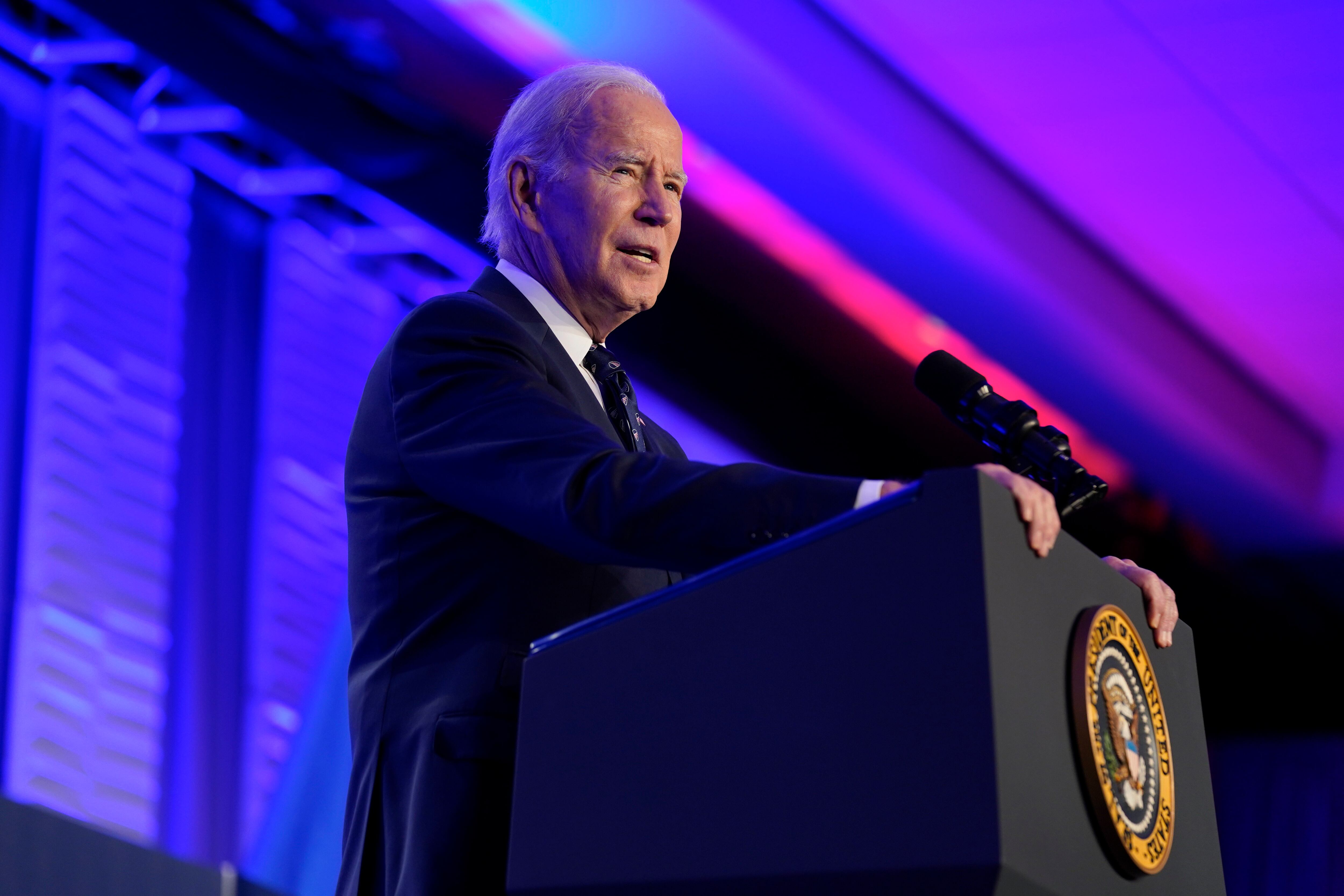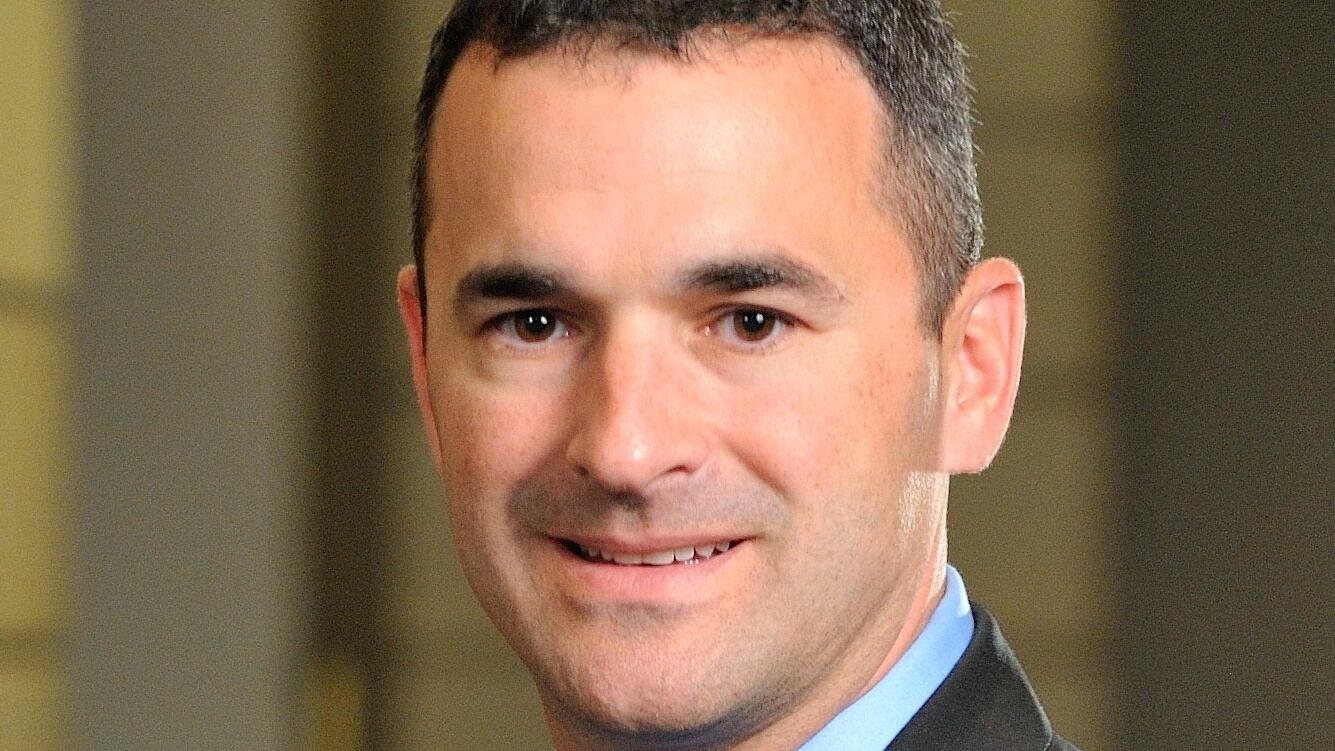Federal agencies must serve millions of people, yet making that interaction enjoyable has been tricky thanks to an unwieldy bureaucracy and stale technology, according to panelists at the ServiceNow Federal Forum conference on March 13.
Good customer service has been a cornerstone of the Biden-Harris agenda, and as an idea, it’s simple, speakers said. It’s a knowledgable professional on the other end of a phone. It’s minutes instead of hours on a help line. It’s navigable websites and paperless records. It’s all things the government should do, they said, but unpredictable budgets, leadership churn and aging infrastructure get in the way.
“A lot of federal agencies may have a great call center with empathetic employees that provide great resolution to a problem, but then they turn you off to another part of the organization that makes you send it via fax and you never know that it gets there,” said Pamela Powers, managing director of KPMG Federal Consulting, at the conference.
RELATED

Agency back offices and customer service queues that are in need of more staff, money and better technology attract ire from the public and federal employees alike. It’s why shoring up customer service has the subject of a key White House executive order, especially as Republicans in Congress have urged a “return to work” to fix customer backlogs at agencies like the IRS, the VA and the Office of Personnel Management.
Congress now begins the arduous debate over Biden’s fiscal 2024 budget, which would inject more than $500 million to “reduce administrative burdens, pilot new online tools and technologies, and improve agency capacity.”
At OPM, $6.6 million has been proposed to help reduce retirement processing times and expand a pilot for online applications and to fund additional IT modernization initiatives akin to a case management system.
The IRS is already getting $80 billion in funding through 2031 from the Inflation Reduction Act, on top of an additional $642 million proposed by the budget to improve the taxpayer experience and expand customer service to underserved communities.
RELATED

The General Services Administration is also planned to receive $119 million for sweeping efforts to support the U.S. Web Design System, Digital.gov and Touchpoints/Feedback Analytics — all programs that help agencies become more tech savvy and user-friendly.
“Our number one mission is to equip federal agencies with the necessary resources to attract, hire, develop, and retain talented workers to make our government more efficient, resilient, and effective,” wrote the White House’s Jason Miller and OPM’s Kiran Ahuja in a joint statement on Monday.
Panelists added that giving public services a richer user experience will inherently make the work easier for the workforce, which in turn will make employees feel more engaged on the job. Without that, agencies risk losing the attention of their employees, current and future.
“We know that there are enormous number of people right now with skills. How do we make it such that the federal government is attractive place for those people to support our cybersecurity?” said Lauren Boas Hayes, senior advisor for technology and innovation at the Cybersecurity and Infrastructure Security Agency.
Onboarding has been one particularly clunky barrier to employment that agencies have gotten negative feedback about, leaders said. The department created out a buddy program whereby a new employee is partnered with a current VA worker in the same grade to walk them through onboarding, said John Boerstler, chief veterans experience officer, at the panel.
The VA is also surveying employees quarterly on their employee experience as opposed to just annual surveys.
On the veteran-facing side of operations, the VA is thinking about AI and technology as a way to make existing tools stretch further.
The veteran outpatient survey allows for patients to rate their medical experience and write in feedback, which Boerstler said the department uses to assess promote customer sentiment and interactions to the product providers and conduct service recovery on the back end. Those same comments from a patient can also help identify a crisis by having technology flag or cluster certain terms and spur a response from the agency.
Another tool, VA Health and Benefits mobile app, has more than 821,000 users, as of September 2022.
Experts at the conference noted that the next phase of digital transformation will look to automating business processes as much as possible.
“Everything’s in the palm of our hands,” Boerstler said. “We have to think about our future customers and how to better design for them.”
Molly Weisner is a staff reporter for Federal Times where she covers labor, policy and contracting pertaining to the government workforce. She made previous stops at USA Today and McClatchy as a digital producer, and worked at The New York Times as a copy editor. Molly majored in journalism at the University of North Carolina at Chapel Hill.





